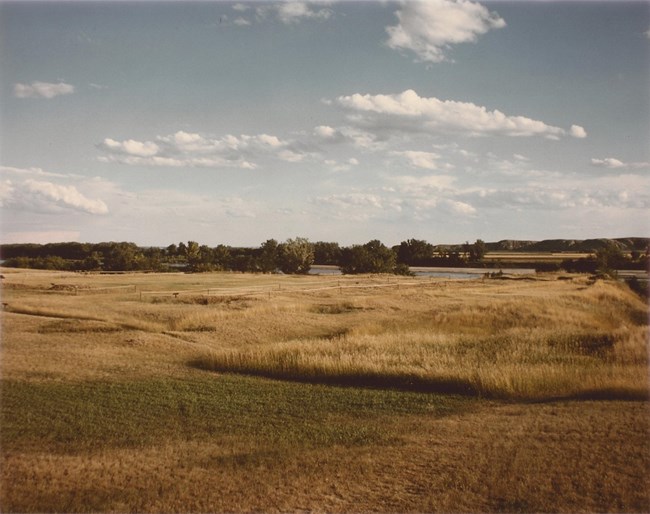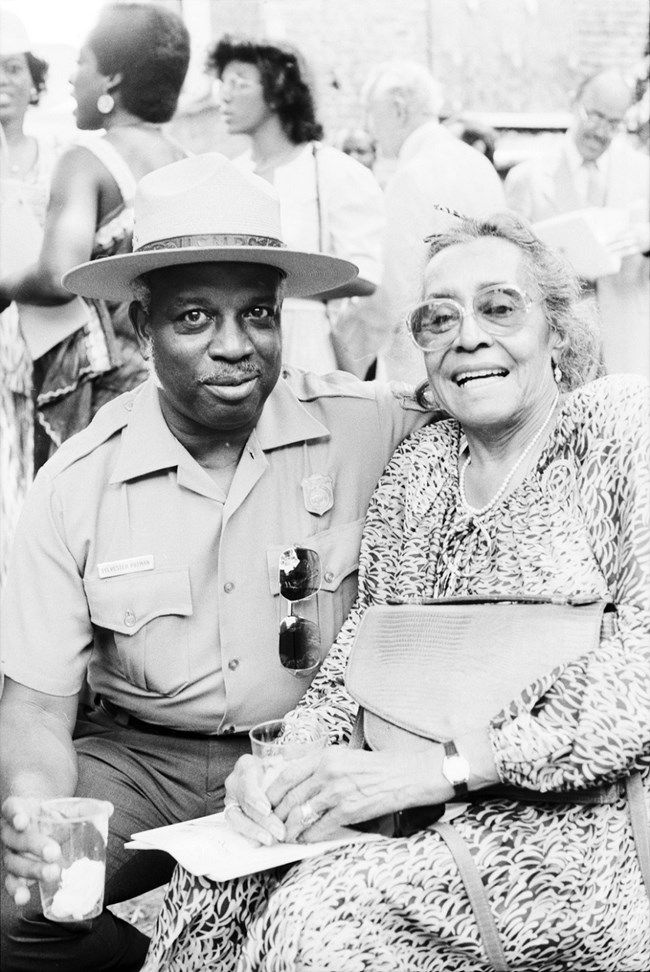Superintendent Builds Groundwork for Reconstruction

NPS Photo Long interested in history, Putman, the NPS’s second African American superintendent, partnered with regional boosters to promote the historic site. “This is the first time we’ve had anyone out here from the National Park Service with genuine enthusiasm for the fort,” Williston resident and reconstruction advocate Ben Innis told the Williston Daily Herald in July 1972. “We should take advantage of his enthusiasm and get things done.” At the time, Putman admitted, Fort Union wasn’t a “high priority” for the park service. “’[P]riority is based on the number of visitors an area draws,’” the Williston Daily Herald reported, quoting Putman, “'and . . . increased interest in the area will increase that area’s budget priority.'” Working together, Putman, NPS staff, and dozens, if not hundreds, of regional boosters, took advantage of the Fort Union archeological digs and 1972 national park centennial—a nation-wide celebration of Yellowstone National Park’s 1872 authorization by Congress—to attract those visitors. That year’s August 6 Fort Union flag-raising ceremony brought to the site dignitaries, speakers, and an estimated 1,200 visitors from across Montana, North Dakota, and other states. 
NPS Photo provided courtesy of Maggie L. Walker NHS. Putman and Connolly’s words and efforts paid off—but over a decade later. Congress authorized funds for the fort’s reconstruction in 1985. By that time, however, Putman had served for nearly a decade as the superintendent of Virginia’s Richmond National Battlefield Park, a Civil War site. In that position, he managed the creation, acquisition, and development of the first national park site to honor the leadership and civil rights contributions and legacies of America’s first African American female bank president. There’s little doubt, though, that Putman’s Fort Union experiences primed him for his leadership role in the creation of Maggie L. Walker National Historic Site. |
Last updated: April 24, 2021
